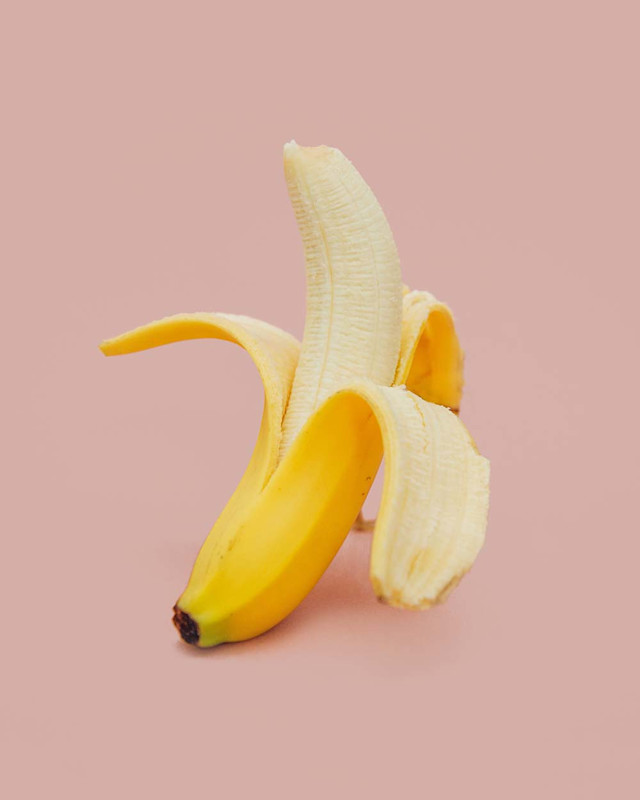Why they’re bad for HIIT but great for hydration
In Cost-benefit analysis, experts explain whether the pros of widely adopted health trends outweigh the cons—or vice versa.
The topic: bananas, a popular workout fuel source and recovery aid
The costs: Bananas are higher in carbs than other fruits are, says Zach Moore, a Precision Nutrition health coach based in Bloomington, Indiana. You’ll get about 23 grams from one serving compared to about 12 to 20 from most other pieces of fruit. (An apple, for example, has 14 grams of carbs.)
You might think that makes bananas a good fuel source before any type of workout, but that’s not true. They’re actually a resistant starch, which means your body digests them much more slowly, says Lauren DeLuca, a Tier X coach at Gold Coast in Chicago. If you’re doing sprints or HIIT, this kind of carb won’t give you the readily available energy you’d need to perform your best.
In other words, you won’t end up burning the banana. Coupled with the fact that the fruit is carb-heavy, this means you need to be mindful of your macro intake for the day to avoid running over the recommended limit. That said, bananas in and of themselves aren’t fattening and won’t lead to weight gain if they’re part of a balanced diet.
But they are high in tryptophan, an amino acid also found in turkey that’s associated with fatigue and sleep, Moore notes. And bananas also contain a second problem-causing amino acid called tyramine, which has been linked to post-consumption migraines in people who are prone to the condition.
The benefits:
Some good news: Bananas are full of magnesium, manganese, niacin, and vitamins B6 and C. They’re also a famously good source of potassium, with 360 milligrams per serving. The electrolyte is important for maintaining blood flow and delivering nutrients to your tissues and muscles, which keeps you hydrated and helps you avoid cramping during workouts, Moore says.
Carbs and potassium are a power pair of sorts. Your body stores the former as glycogen in the muscles and liver while the latter encourages your body to break that glycogen down for fuel, says DeLuca. While this process doesn’t happen fast enough for HIIT, it does provide slow and steady energy for endurance workouts like long runs and high-rep lifts.
White potatoes (with the skin), avocados, spinach, chard, bok choy, and beet greens outrank bananas when it comes to potassium. Still, the yellow fruit is usually the smarter choice for athletes because it’s lower in fiber and therefore easier on the stomach, Moore says. Besides helping with cardio, bananas also promote muscle-building by maintaining levels of hormones such as insulin-like growth factor 1.
The final analysis:
You'll likely benefit from a daily banana or two on days you’re logging endurance workouts. When doing two-a-days, have one 30 to 60 minutes after your first session to refill glycogen stores before the second, Moore says.
If you’re in the unlucky group of people who experience banana-induced headaches, Moore suggests swapping the fruit for another high-carb, high-potassium option such as sweet potatoes, lentils, brown rice, or oranges.
